OU News
News from The Open University
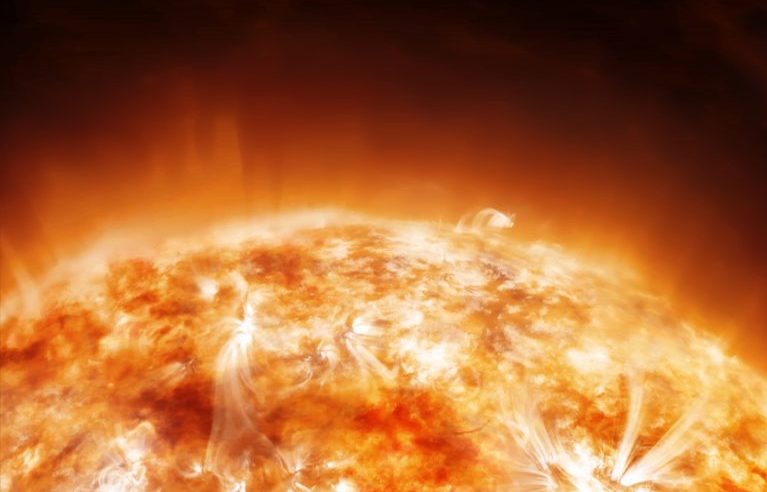
£3 million mission to understand the dangers of space weather
A team of international scientists, including academics from the OU, have been awarded £3 million to develop an instrument to research how the Earth’s atmosphere responds to powerful solar winds. The funding, which is from the UK Space Agency, will support academics collaborating on SMILE (the Solar wind Magnetosphere Ionosphere Link Explorer), a European Space […]
Read more about £3 million mission to understand the dangers of space weather
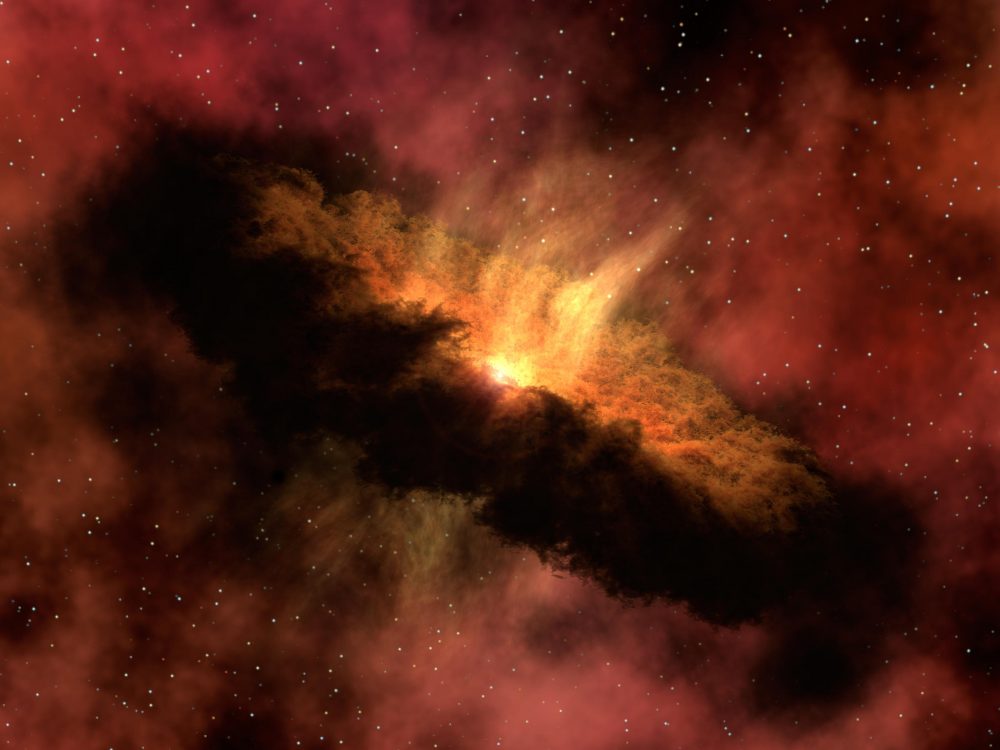
The Planet Building Mystery
Open University researchers have been investigating exactly how planet formation starts. Why do we need to know how planets form? Planets form as a by-product of star formation. Similar to asteroids, comets, and our Moon, planets are basically the left-over “junk” that isn’t incorporated into the star itself. However, planets (and other small bodies in […]
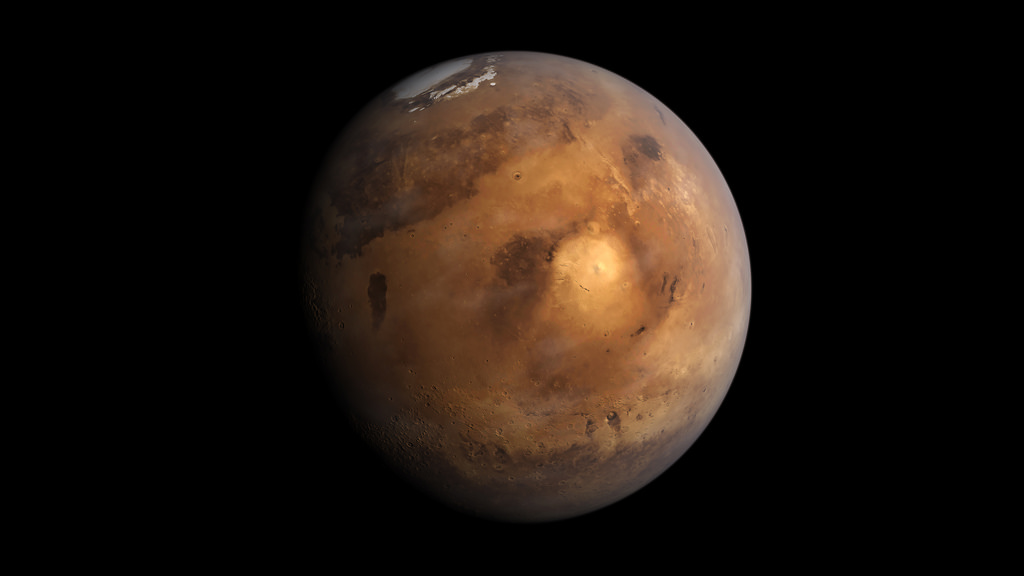
What formed the recent Martian landscape? Latest research might have the answer
Scientists from the OU have discovered a new phenomenon that could explain the long-debated mystery of how recent land features on Mars are formed in the absence of significant amounts of water. Dr Jan Raack explains more: What is this research all about? “Experiments carried out in our Mars Simulation Chamber, which is able to […]
Read more about What formed the recent Martian landscape? Latest research might have the answer
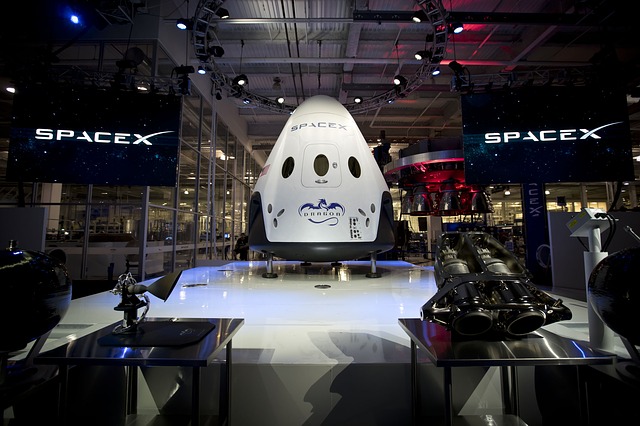
Private companies are launching a new space race – here’s what to expect
The space race between the USA and Russia started with a beep from the Sputnik satellite exactly 60 years ago (October 4, 1957) and ended with a handshake in space just 18 years later. The handshake was the start of many decades of international collaboration in space. But over the past decade there has been […]
Read more about Private companies are launching a new space race – here’s what to expect
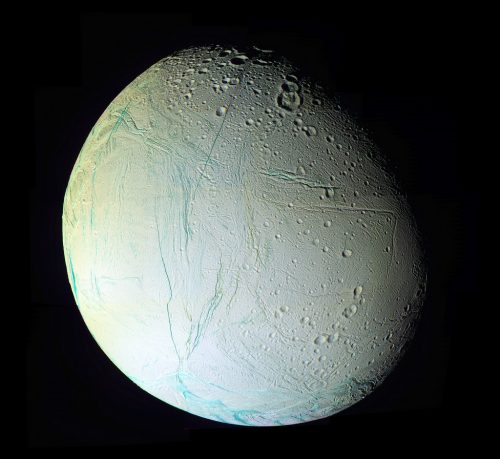
Cassini crashes: it’s time for a new mission to explore the possibility of life on Saturn’s moons
NASA’s Cassini mission has made its “death plunge” into the swirling clouds of Saturn after 20 years of exploring the planet and its moons. It’s been amazingly successful, making headlines with groundbreaking discoveries throughout its journey. But today the headlines are more like obituary notices, looking back at the mission’s spectacular achievements. Cassini discovered new […]
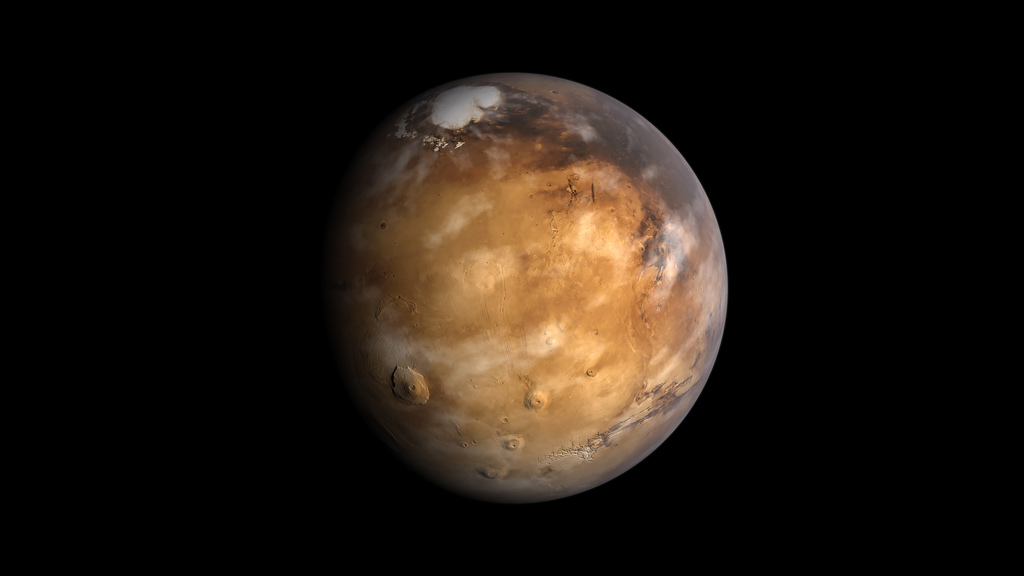
Scientists find some of Mars’ youngest volcanoes – and discover they could have supported life
4000 km wide view of Mars’ (colour-coded topgraphy) Coprates Chasma. NASA/USGS/ESA/DLR/FU Berlin (G Neukum), CC BY-SA It may seem that Mars was once a much more exciting planet. True, there are dust storms and possible water-seeps occurring today, but billions of years ago it was a dramatic place with huge volcanoes, a giant canyon […]
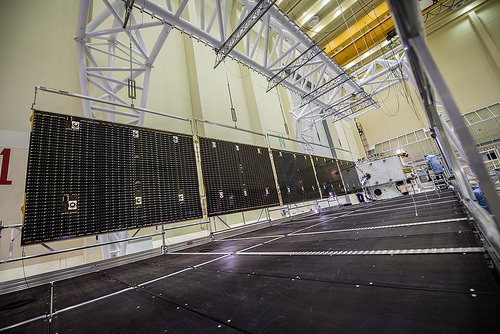
The BepiColombo spacecraft is ready to solve the many mysteries of Mercury
The €1.65 billion BepiColombo spacecraft is now being unstacked for final tests after being displayed in its launch configuration to the world’s press at the European Space Agency’s Space Technology and Research Centre. The six-metre high assembly will soon be shipped to Kourou in French Guyana where it is anticipated to launch in October 2018. […]
Read more about The BepiColombo spacecraft is ready to solve the many mysteries of Mercury
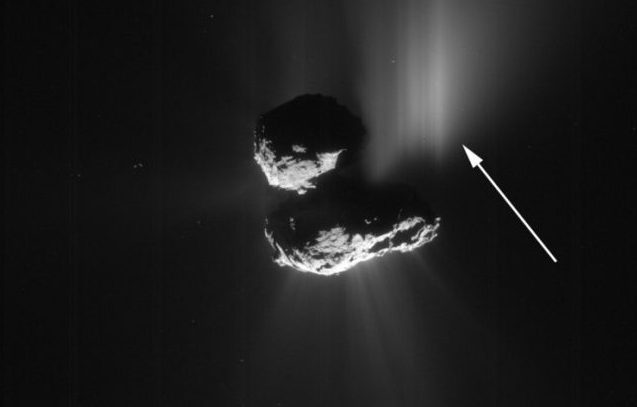
Crumbling comet? The great debate about whether Rosetta rock 67P is breaking apart
It is almost six months since the Rosetta spacecraft completed its operations in a controlled dive onto the surface of comet 67P/Churyumov-Gerasimanko. The landing, after which Rosetta could no longer communicate with Earth, may have marked the end of data collection from the comet – but not the end of news about 67P. The archive […]
Read more about Crumbling comet? The great debate about whether Rosetta rock 67P is breaking apart

Organic molecules found on giant asteroid Ceres – why that’s such a huge deal
Sometimes, I think scientists are just that little bit too modest. A new paper in Science has a humdinger of a title: “Localized aliphatic organic material on the surface of Ceres”. It doesn’t exactly trip off the tongue and may not even seem that important. But what the researchers have discovered is a huge deal. […]
Read more about Organic molecules found on giant asteroid Ceres – why that’s such a huge deal
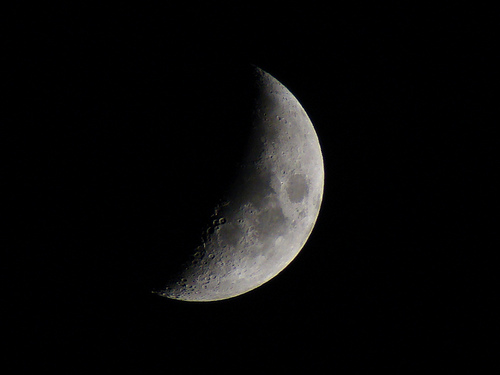
How old is our moon
Most scientists agree that the Earth has pretty much always had its moon. Details of the moon’s composition (in particular the “isotopic mixture” of heavier and lighter versions of various elements) are too similar to the Earth’s for it to have been captured from somewhere remote. However, some compositional details differ enough to rule out […]
Page 8 of 11